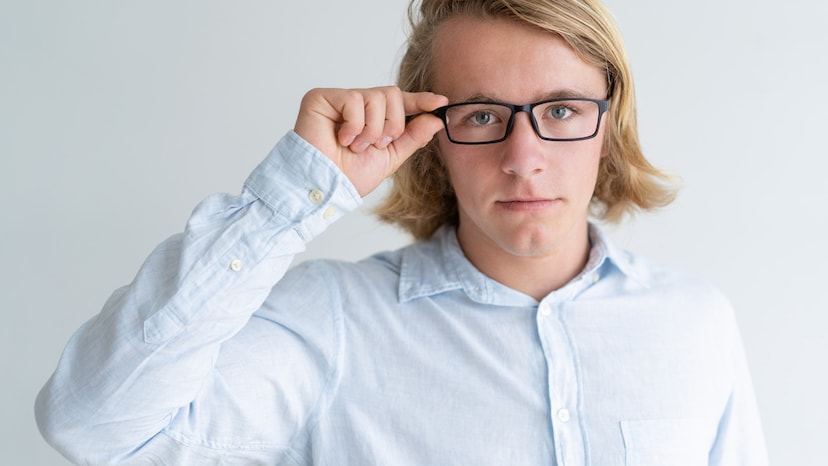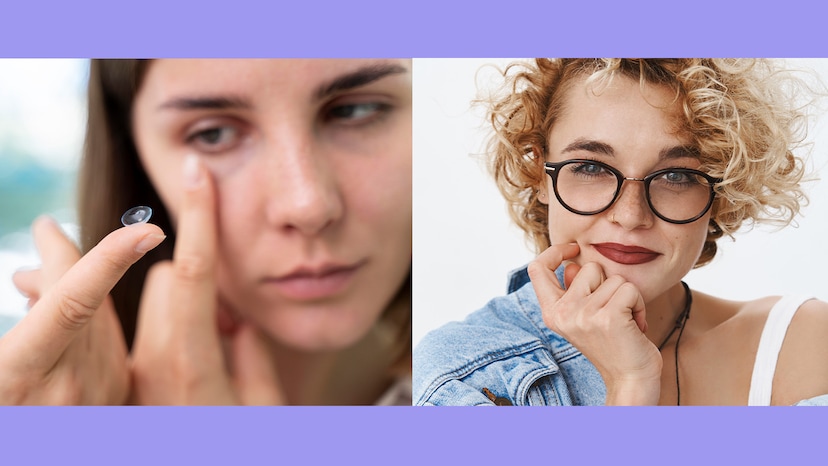What Are Multifocal Glasses?
Multifocal are prescription glasses that provide multiple prescriptions in one pair. Single-vision lenses are designed to address one type of vision — either near or far — but multifocal lenses feature two or more prescriptions to let the wearer see clearly at a range of distances. These are for presbyopic people — those who have trouble focusing on objects up close and often develop this condition in their early to mid-40s.
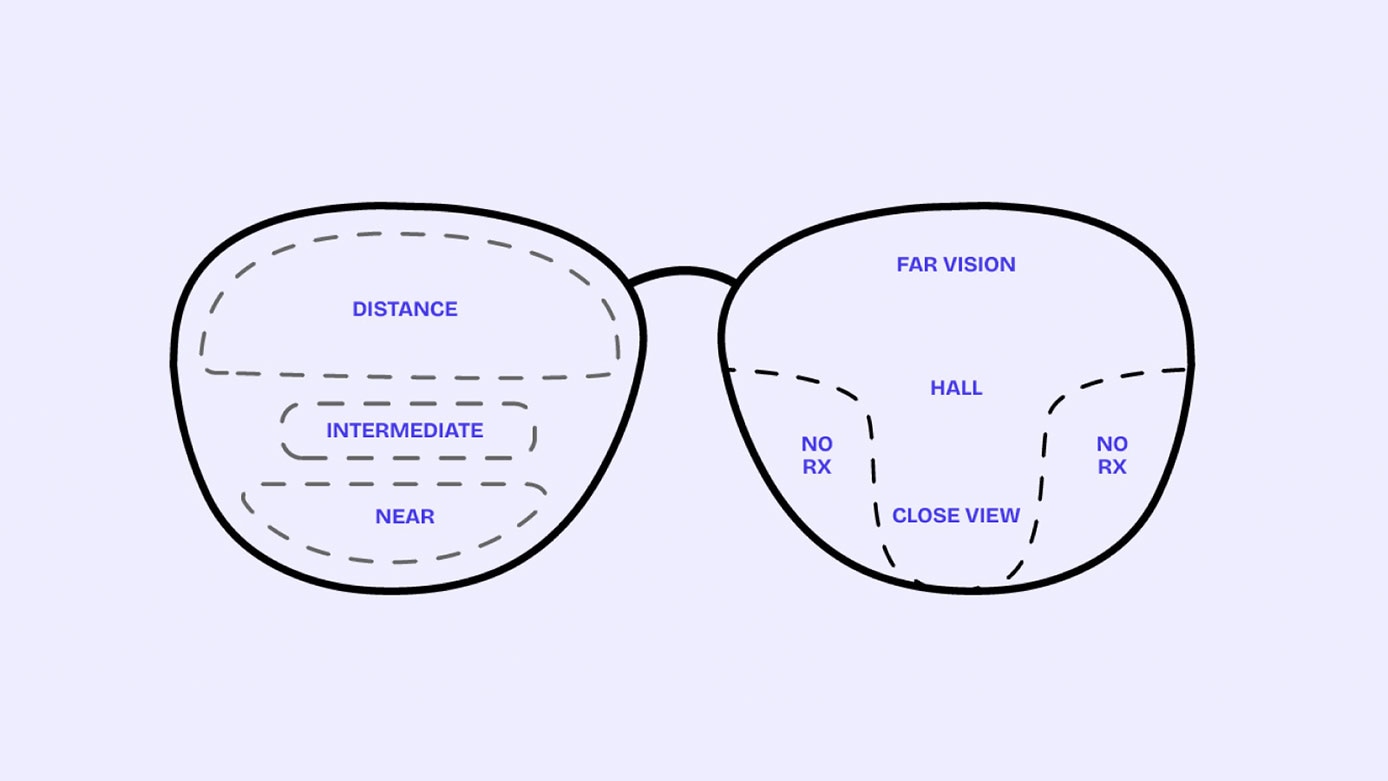
Prebyopia occurs when the eye lens hardens with age, making it harder to focus on close objects. This can make activities such as reading, sewing and using a computer difficult. Multifocal glasses were developed to help with these issues and offer a simple way to see up close and far away without the need to interchange between numerous glasses.
The biggest advantage to multifocal glasses is convenience. Multifocal lenses let you look at things like reading, driving or viewing your phone without having to switch glasses or peeking over your glasses for activities requiring near vision. Multifocal options include bifocal, trifocal and progressive lenses as well and each has its own unique set of advantages to offer users, depending on their lifestyle, vision requirements and habits.
Types of Multifocal Glasses
There are three main types of multifocal lenses: bifocals, trifocals and progressives. They’re all created to correct for vision at different distances, but differ in terms of lens design, comfort and smoothness of how the wearer can integrate varying focal points.
Bifocals Glasses
Bifocal lenses are the most recognized and most regularly used form of bifocal on the earth. They are bitoric (having 2 zones of different curvatures). The lens is separated into two zones, the top of the lens is for distance vision which is used for driving or watching TV and the other half of the lens (the bottom part of the lens) is for near vision used when engaging in near sight activity like reading or sewing. The most noticeable feature of bifocals is the visible line that separates the two sections. This line shift from close to far is very dramatic which can seem a bit abrupt to the wearer.
Bifocals are a favorite because they are simple and cheap. They are very easy to get used to and provide clear (near/far) adjustment. But, the visible line can be a con for some, as it takes away the appearance from that of a traditional set of glasses. Furthermore, without a mid-range, you have to move your head to change the focal point, which is inconvenient for some activities (e.g. working on a computer screen).
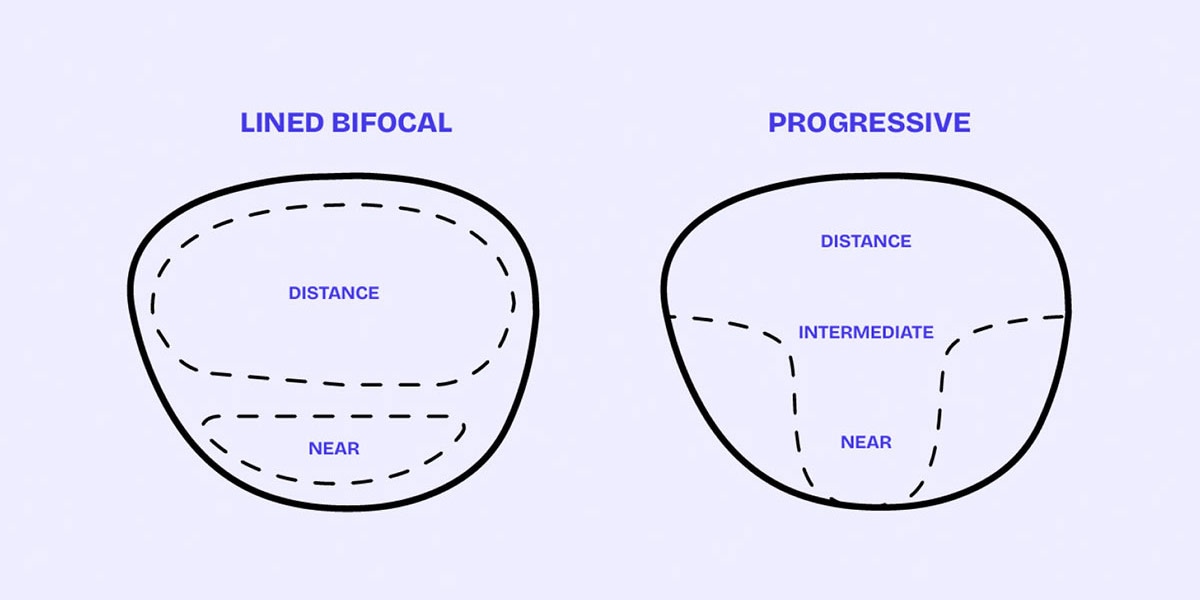
Trifocals Glasses
Trifocal lenses are again like responding, but adding inset for intermediate distance vision. Trifocals are segmented into thirds of the lens, for distance viewing at the top, intermediate viewing (i.e., using a computer) in the middle, and close viewing (reading) at the bottom. The intermediate zone makes trifocals perfect for situations where you have to see a range of different distances.
Trifocals offer more versatility than bifocals, but they can be more challenging to adjust to. Trifocals are like bifocals in that they have lines that are visible between the three areas, often creating a disruption in the way things are viewed. On top of that, the shift between these various zones can be somewhat clunky, the wearer actually has to "step" between the various focal points. For near, intermediate and far vision, maybe While they do have their downsides, trifocals are a good choice for those who require clear vision at both close and middle-range distances in addition to far vision.
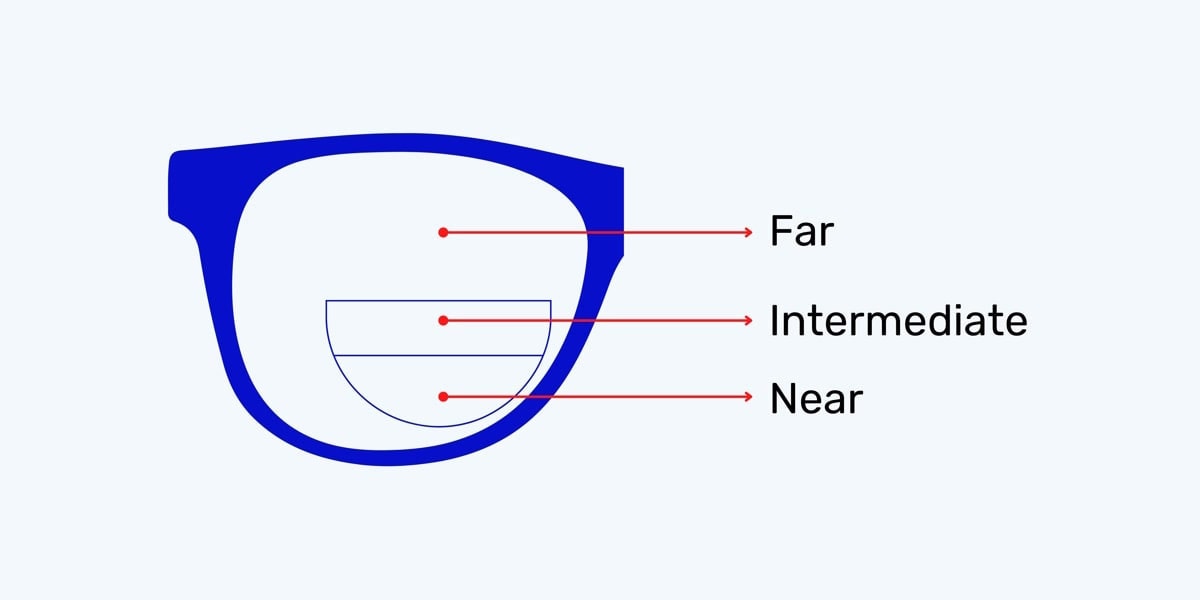
Progressive Glasses
Progressive lenses, unlike bifocals, are a more advanced type of multifocal lens with no visible line. Progressive eyeglasses, unlike bifocals and trifocals, have no visible lines dividing the different viewing zones. The lens allows a gradual change from top (far vision) to bottom near vision with intermediate. This results in a more natural vision enabling wearers to focus on objects at all distances without interruptions.
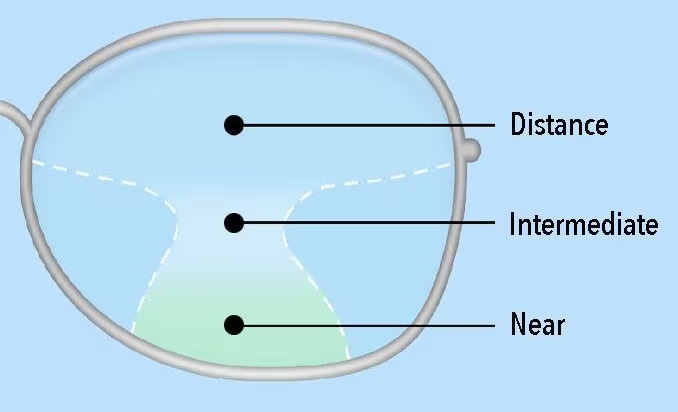
Progressive lenses are mainly used for aesthetic looks. They look just like regular single vision glasses and are therefore one of our most popular lenses for anyone who wishes to keep looking modern and stylish! Progressive lenses do away with the need for frequent head movement to mediate between two or more focal points, as they themselves can provide the stepping-stone to seeing them all clearly. And even though because of that smooth transition from different focal points, progressive lenses may take some time getting used to, especially for first-time users. The adjustment period can cause them to feel dizzy or blurry or even uncomfortable, but most get used to it after a few weeks of wear.
How Do Bifocal Reading Glasses Work?
Multifocal reading glasses is a pair of reading glasses with multi-prescription, so it can help to cure presbyopia and allow you to see clearly at near, intermediate and distance in one pair of glasses. This is not the same as the ordinary type of reading glasses that cater only one level of magnification for close-up things; the reading glasses with multifocal lenses support more than one prescription that is prescribed for each person at various distances in the lens.
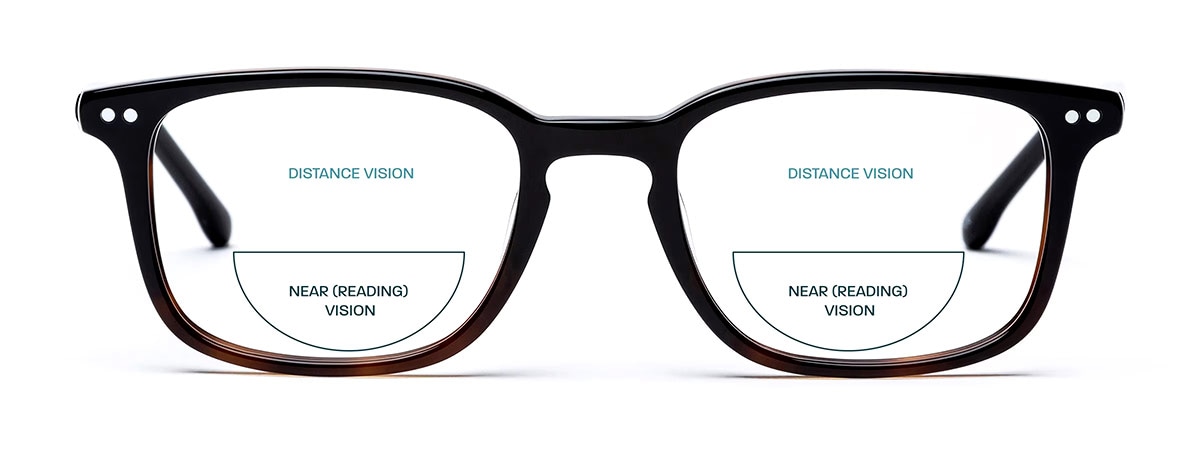
In bifocals, the lower part of the lens focuses on close-up tasks such as reading; the upper portion is for distance. The wearer can use the bottom of the lens to read or similar to this purpose, while they can use the top of the same overcoming to see distant object. The sharp separation of the two zones can be less than ideal for some tasks - for example, computer use, where the requirements are for focus but in a range.
The progressive multifocal lens, however, makes a smooth, seamless progression from close-up to middle to long distance, eliminating the notorious line and making it a far more enjoyable experience for the wearer. With progressive lenses, the lower part of the lens is for reading, the middle it helps with intermediate tasks and the top is to provide distance correction. This easy change is great for those whose activities consist of multiple operations like a computer side assignment, reading and driving.
Progressive lenses provide an easier way for people to focus on close objects, like a book, while still maintaining clear vision at other distances, without the need to switch between glasses. They’re especially useful for those constantly switching between tasks of varying levels of attention.
Multifocal Vs. Single-Vision Lenses
It's the function the difference between single-vision and multifocal lenses. Single-vision lenses are things that help one to see one type of vision, near or far, but not both. For instance, those who are near- or far-sighted might use single-vision glasses to address “one” problem. But once a person develops presbyopia, they will probably need multifocal lenses to see clearly at all distances.
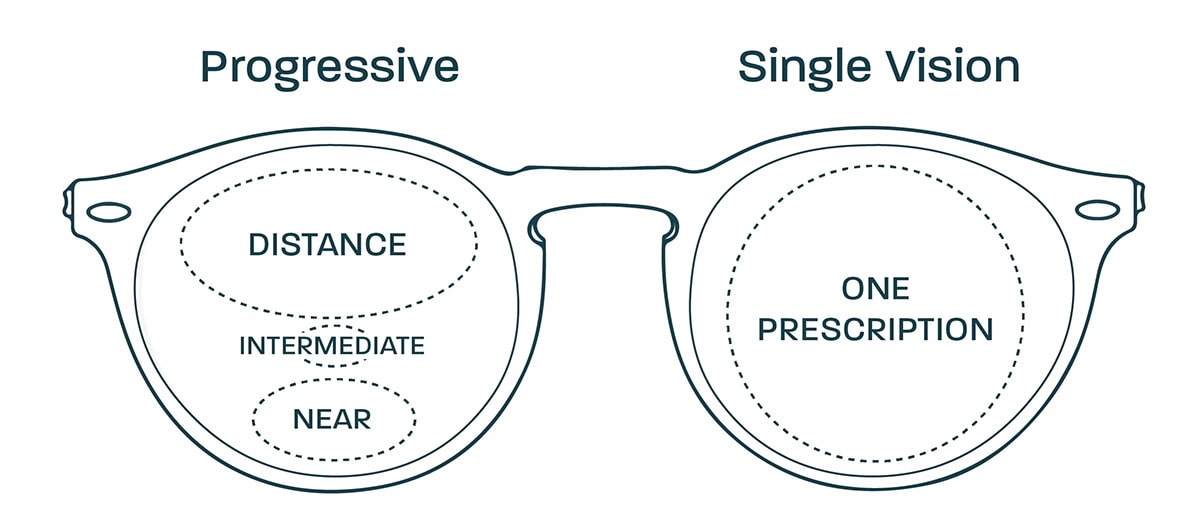
Multifocal, however, are the type of lens that incorporate numerous focal points into one lens, so that wearers can view near, intermediate, or distant tasks with ease. Rather than needing to pull out multiple pairs of glasses — for reading, for distance and, well, if you’re like me, for the in-between — multifocal lenses let people get by with a single pair to cover all visual situations.
Multifocal lenses are not so bad because at least it is easy to give the same solution to a presbyopic or steady medic mentation of the eyes to correct various values for distance and close viewing. No menage is needed between near-vision lenses (a.k.a. reading glasses) and distance-vision (normal glasses) lenses for people with presbyopia, but rather than blurring the lines between near and far vision, and the technology enables near and far vision to be blended into a single lens.
Who Needs Multifocal Glasses?
Multifocal prescriptions are often used for people with presbyopia, an age-related condition in which the eyes struggle to focus on nearby objects. The lens inside the eyes gradually stiffens and loses its ability to focus on close objects as people age. This can pose problems with doing things such as reading, sewing or using a smartphone. Presbyopia generally starts in a person’s 40s and worsens over time.
Some people with other vision problems (such as nearsightedness, farsightedness or astigmatism) may also need multifocal lenses. For those with presbyopia and a refractive error, wearing a multi focal lenses with a single lens application, quickly correcting vision in all distances, may be even more beneficial.
If you are over 40 and are having difficulty reading already, the reason could be presbyopia. Other indications that you may need multifocal glasses include reading materials from a distance, squinting to read, and having eye strain or headaches while working on up close tasks.
Also, if you are an eyeglass wearer who switches between glasses depending on the type of task you’re performing, such as reading glasses for close-up tasks and distance glasses, for distance, multifocal lenses could be the most convenient and cost-effective solution. Instead of having to alternate between different pairs of glasses, you can just rely on one pair for everything, so they are perfect for active people who like to keep their eyes on the prize!
Conclusion
Multi focus eyeglasses provide a vital tool for people with presbyopia or other vision disorders that need correction at varying distances. No matter which lens you choose, you don't have to let vision problems hold you back from enjoying activities. Whether you are enjoying hobbies, reading, working on a computer or driving you can continue to pursue your interests with clear vision at near, far and everything in between. Which type of multifocal glasses would you choose depends on your specific motivation, style and lifestyle.
If you are having difficulties with presbyopia or frequently changing glasses, multifocal contact lenses can be a good alternative. With a multitude of choices, from the clarity of bifocals to the fluid and gradual transition of progressive lenses- you can find a pair of multifocal glasses that will give you a more natural and convenient view of the world. If you’re not sure which is right for you, talk to an eye care professional to find the phased in pairs of multifocal glasses for you.

















